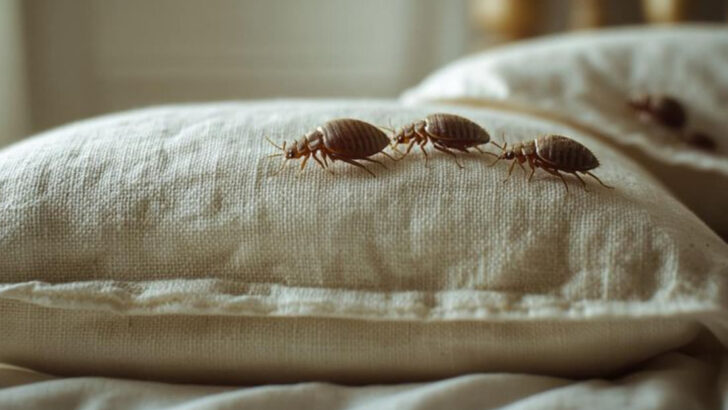Bed bugs are tiny pests that can cause big problems.
Known for their ability to hide in the smallest of spaces, these creatures can be found in homes, hotels, and even public transportation.
Their presence is often associated with unclean environments, but in reality, bed bugs can infest any space.
Understanding the risks and realities of bed bugs is crucial in managing their impact.
This post will delve into 11 critical facts about bed bugs to help you grasp their nature, behavior, and the potential danger they pose to your health and home.
Fact 1: Bed Bug Anatomy
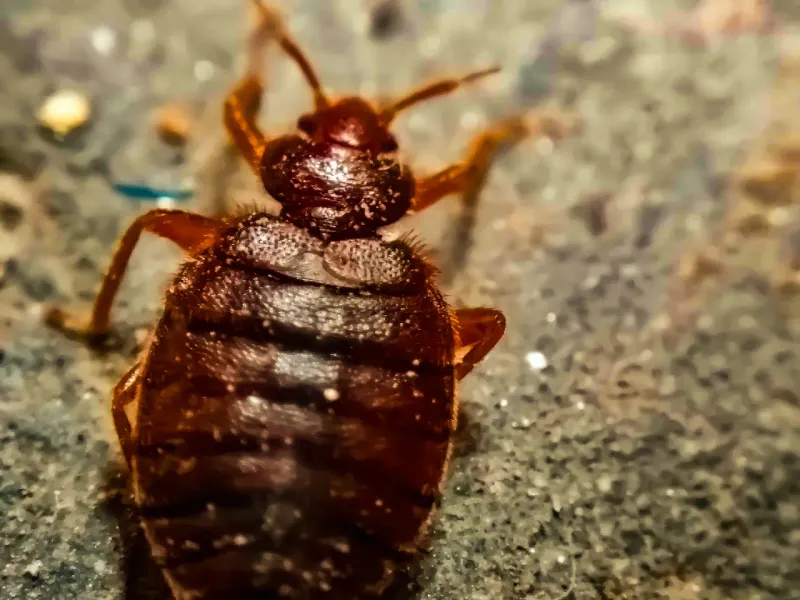
Bed bugs are small, oval, brownish insects that feed on the blood of animals or humans. Adult bed bugs have flat bodies about the size of an apple seed.
However, after feeding, their bodies swell and turn a reddish color. They do not fly but can move quickly over floors, walls, and ceilings. Female bed bugs may lay hundreds of eggs, each about the size of a speck of dust, over a lifetime.
Despite their small size, understanding their anatomy can help in identifying their presence and exterminating them effectively.
Fact 2: Bed Bug Habitats
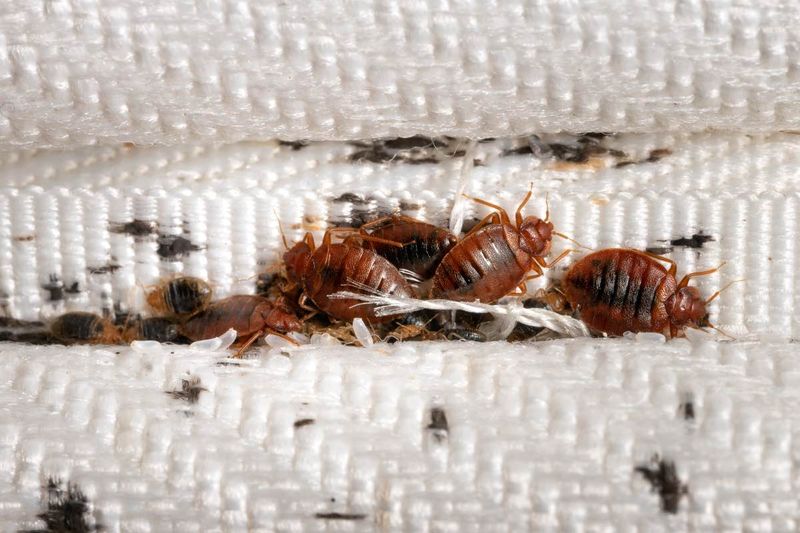
Bed bugs are experts at hiding and can be found in many places. They often reside in mattress seams, bed frames, and headboards where they have easy access to people to bite during the night.
These pests can also be found in cracks in walls, behind wallpaper, or even inside electrical outlets. Their ability to hide in small spaces makes them difficult to detect without a thorough inspection.
Despite common beliefs, bed bugs are not a sign of a dirty home but can infest clean spaces as well.
Fact 3: Bed Bug Feeding Habits
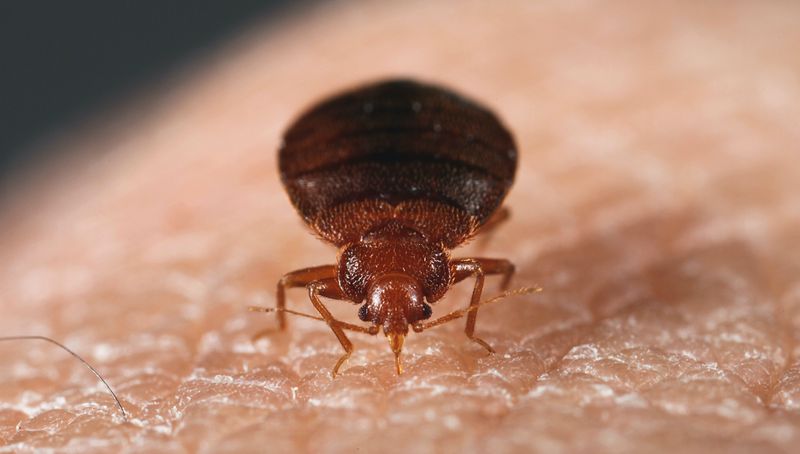
With a stealthy approach akin to a thief in the night, bed bugs feed on blood while their host sleeps. They use an elongated beak to pierce the skin and withdraw blood, typically for three to ten minutes.
Most bites are painless initially but later turn into itchy welts. Interestingly, bed bugs generally feed every five to ten days but can survive months without a meal.
This resilience makes them hard to eliminate. Recognizing their feeding habits is essential for distinguishing bed bug bites from other insect bites.
Fact 4: Bed Bug Reproduction
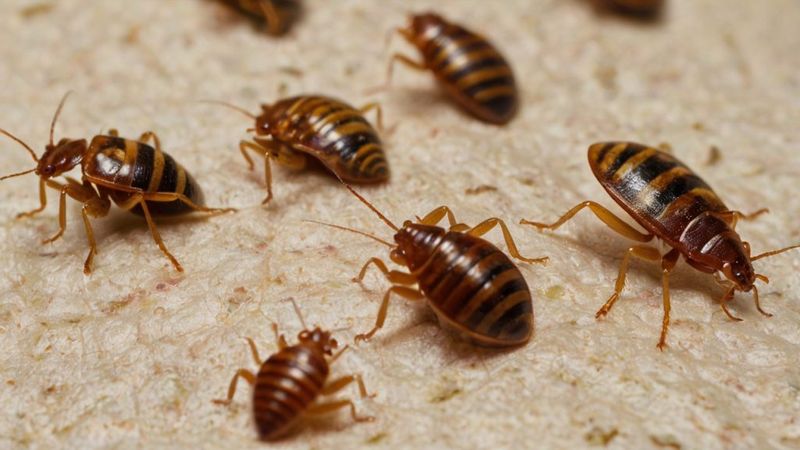
Did you know that a single female bed bug can lay up to 500 eggs in her lifetime? Eggs are usually laid in hidden places and hatch in just about six to ten days.
Bed bugs go through five immature nymph stages before reaching maturity, shedding their skin at each stage. The entire lifecycle from egg to adult can take as little as five weeks, allowing populations to grow rapidly.
Understanding their reproduction helps in controlling infestations effectively by targeting both adults and their offspring.
Fact 5: Health Risks of Bed Bugs

Though not known to transmit diseases, bed bugs can cause other health issues. Their bites can lead to itchy welts and, for some, allergic reactions.
Scratching these bites may result in infections. Additionally, the presence of bed bugs can lead to sleep disturbances and anxiety, significantly affecting mental health. In rare cases, repeated bites may cause anemia.
Awareness of these health risks underscores the importance of addressing an infestation promptly, to not only manage physical symptoms but also to maintain mental well-being.
Fact 6: Bed Bug Detection and Signs

Detecting bed bugs requires keen observation. Common signs include rusty or reddish stains on bed sheets or mattresses caused by crushed bugs.
Dark spots, which are bed bug excrement, may be seen in areas where they hide. You may also find eggs and eggshells, which are tiny and pale yellow. Additionally, live bed bugs themselves can be spotted if you inspect closely.
Understanding these signs can aid in early detection, making eradication efforts more effective before they spread widely throughout the home.
Fact 7: Bed Bug Prevention Tips

Preventing bed bugs involves vigilance and proactive measures. Regularly inspecting bedding and surrounding areas can catch infestations early.
Washing and drying bed linens on high heat, vacuuming regularly, and sealing cracks in walls and furniture are effective strategies. Using protective covers on mattresses and box springs can also deter bed bugs.
When traveling, inspect hotel rooms for signs of bed bugs and keep luggage off the floor. These preventive actions can greatly reduce the risk of bringing bed bugs into your home.
Fact 8: Bed Bug Treatment Options

When prevention fails, treatment becomes imperative. Various treatment options are available, from do-it-yourself methods to professional extermination services.
DIY options include using heat treatments or insecticides specifically designed for bed bugs. However, for severe infestations, hiring a pest control professional is often the best course of action, as they have the expertise and equipment to eradicate bed bugs effectively.
Treatments may need to be repeated to ensure all bed bugs and their eggs are eliminated. Prompt action is key to successful treatment.
Fact 9: Myths About Bed Bugs
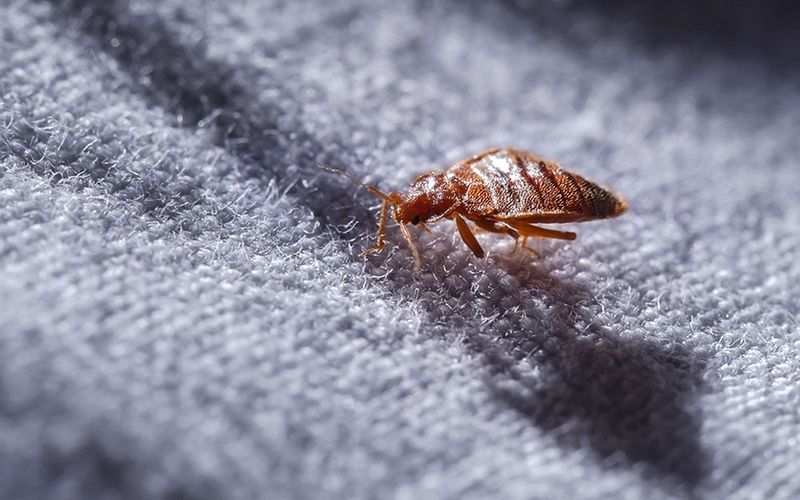
Bed bugs are often misunderstood, leading to various myths. Contrary to popular belief, they are not caused by dirt or filth and can be found in the cleanest environments.
Some think they carry diseases, but there’s no evidence supporting this. Another myth is that bed bugs are too small to see, yet adults are visible to the naked eye.
Debunking these myths helps in understanding and dealing with bed bug infestations more effectively, ensuring that the right measures are taken to address the problem.
Fact 10: Bed Bug Legal Considerations

Bed bug infestations can lead to legal disputes, especially between tenants and landlords. Laws regarding responsibility for eradication vary by location.
In many places, landlords must provide pest-free housing, making them responsible for treatment. Tenants may need to cooperate by preparing their living space for extermination. Understanding local regulations is essential for both parties to handle infestations legally and effectively.
Awareness of these legal aspects can prevent conflicts and ensure a quick resolution to the problem, protecting both tenant rights and landlord responsibilities.
Fact 11: Historical Context of Bed Bugs
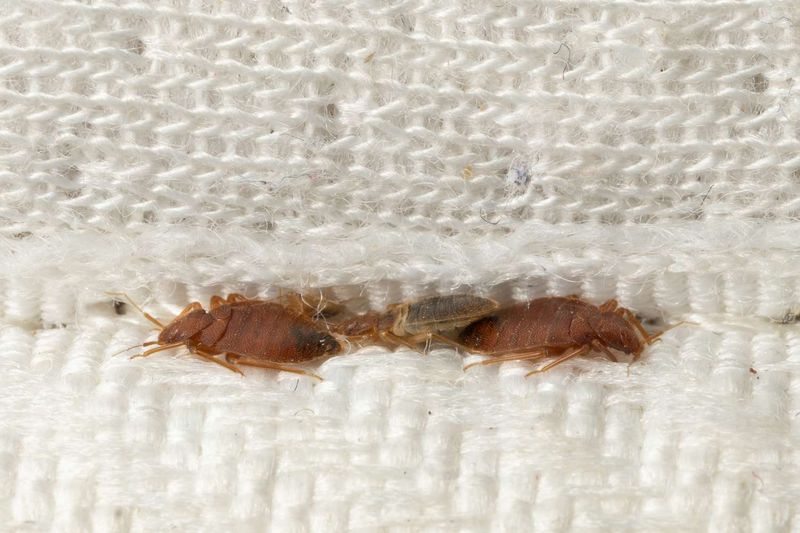
The history of bed bugs dates back centuries, with evidence found in ancient Egyptian tombs. These pests were nearly eradicated in the mid-20th century due to widespread use of potent pesticides.
However, they have made a comeback in recent decades, attributed to increased travel and pesticide resistance. The resurgence of bed bugs highlights the need for ongoing vigilance and adaptability in pest control methods.
This historical context enriches our understanding of bed bugs, reminding us of their resilience and the continuous battle to keep them at bay.

